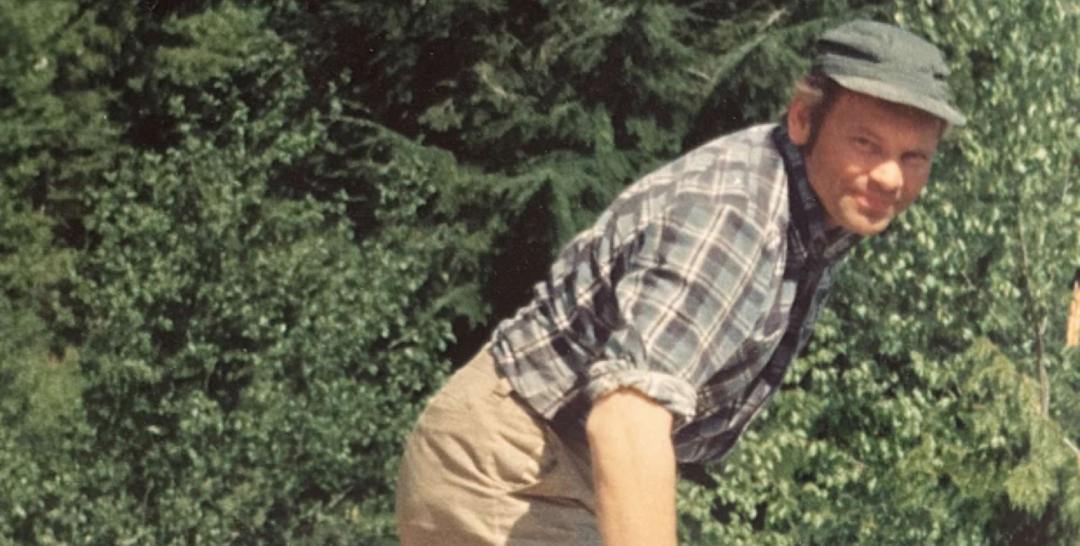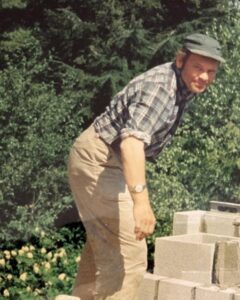Why I invest the way that I do
By: Steve Nyvik
Family Lessons
My mom and dad came immigrated to Canada from Finland in 1957. At that time there was little work in Finland. My dad became a bricklayer as there was lots of construction work in Vancouver.
In bricklaying, you take a brick with your right hand, put some cement on it using a trowel, and then setting it down on the wall you are building. That repeated motion over 30 years wore out his shoulder. The last few years he wore a copper band on his wrist to help mask the pain.
By the time my dad was 50, he physically could not do bricklaying anymore. Not only was his shoulder blade worn out, but he suffered nightly with intense leg cramps.
He found work as a diesel mechanic at Cullen Diesel that lasted for a few years until the garage was closed down.
At that point he was done working. No more income. They had to make do with what they had for the rest of their lives. Everything they were able to scrape together, my dad put into bank stocks. Fortunately, the dividends paid out just enough to make ends meet. But they had to be careful with their money.
Over the years, the bank stocks rewarded them with rising dividends which helped offset inflation. And the bank stocks also rose in value.
Having gone into the investment business, I saw how my father fared compared to many investment advisors. Dad generated better returns over time plus he had that crucial dependable income to take care of family needs.
My Approach
This has stayed with me and has influenced how I invest. The key guidelines that define what I do are:
- Don’t gamble with people’s life savings.
- Generate that dependable tax efficient dividend income to meet needs beyond any pensions or any other income.
- Stick with the large companies that dominate their business sector that are unlikely to go bankrupt in the bad times but also are able to maintain paying those needed dividends.
- Diversify those investments by industry and by asset class (like preferred shares) to help bring more stability to the value of one’s life savings. Have some bonds in tax deferred or tax exempt accounts like RRSPs, RRIFs, TFSAs to build even more stability.
- From a bond fund, containing about one year’s worth of cash needs, we take automated monthly withdrawals that are then used to fund deposits to your bank account. We scoop up the dividend income and top up the fund so it can last a lifetime. This makes the investing act like a life pension but without any guarantees (no guarantee on monthly bank deposits and no guarantee that it pays for your lifetime).
- Keep enough in the fund to meet lumpy and unanticipated needs without ever having to sell investments at a loss.
Being Responsible
As what I do for a living affects people’s lives, I must be responsible to ensure their needs can be met over their lifetime. For these reasons, with the common stocks, we stick with the higher capitalization dominant businesses that have good earnings and pay enough dividends.
There are growth investments that may increase in price much more through time, but they usually do not pay much of a dividend. The trouble is that your cash needs still have to be met, so you may have to eat capital. Should these investments drop and you need to sell, thereby creating losses, that can lead to outliving your money.
We are investing to ensure your needs are met throughout your life. And we look to achieve this in the lowest risk way. We don’t want to see any client ever outlive their money.
The interesting thing is that this way of investing not only meets needs, but managing common shares using a large-cap dividend income orientation over time tends to give market level returns.
As a Result
My parents today are both 86 years old and have been retired for over 30 years and have built up a sizeable estate.
I’ve been helping people invest for over 30 years and have seen families achieve the same results over their lifetime, like my dad. Call or email me if you like to have your own “tax efficient pension style” portfolio put in place.
- Plan your Business Exit - May 20, 2024
- Retirement and Stepping off the Ledge - September 26, 2023
- Be a rental property owner type of stock investor - July 24, 2023



